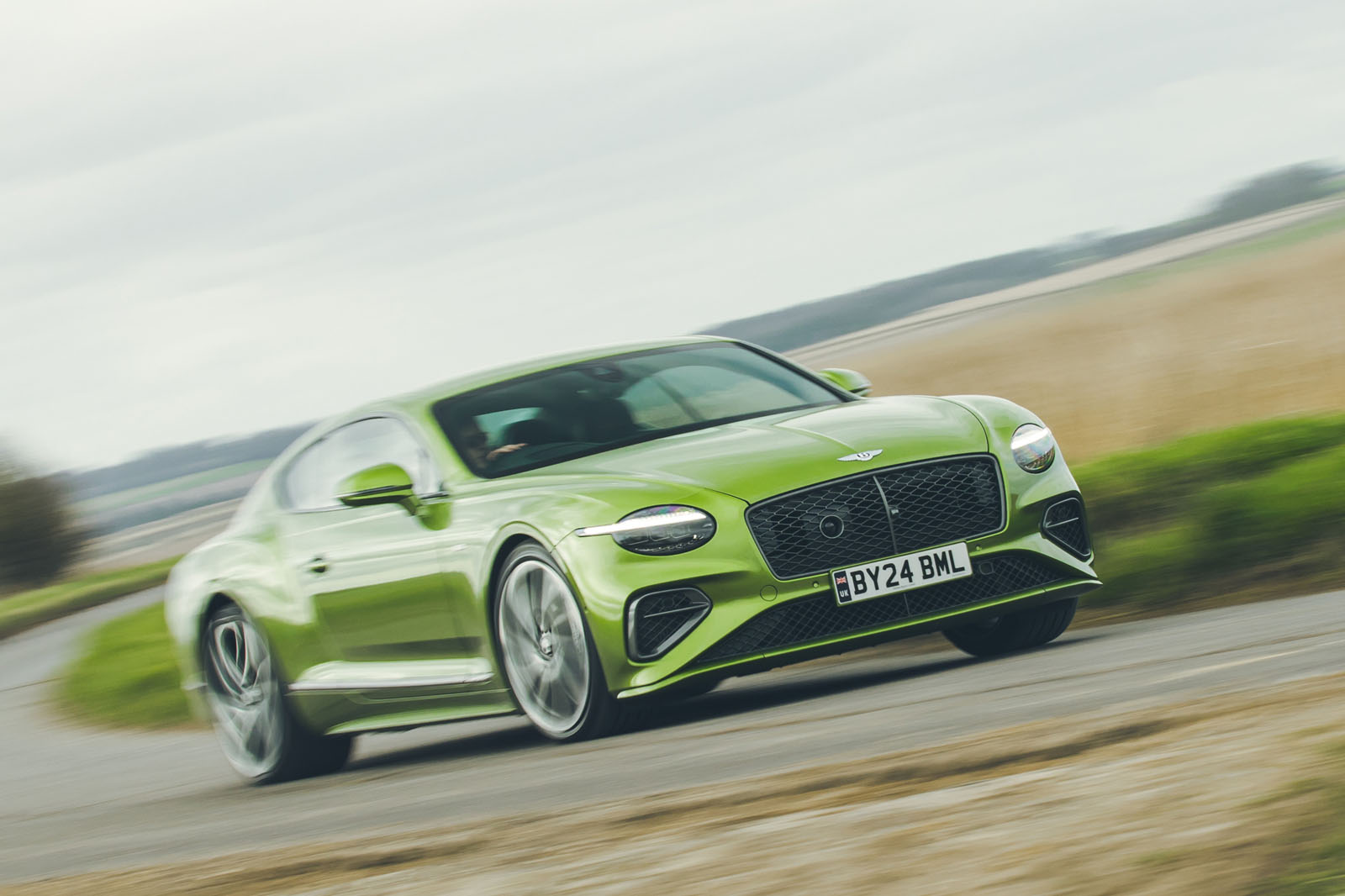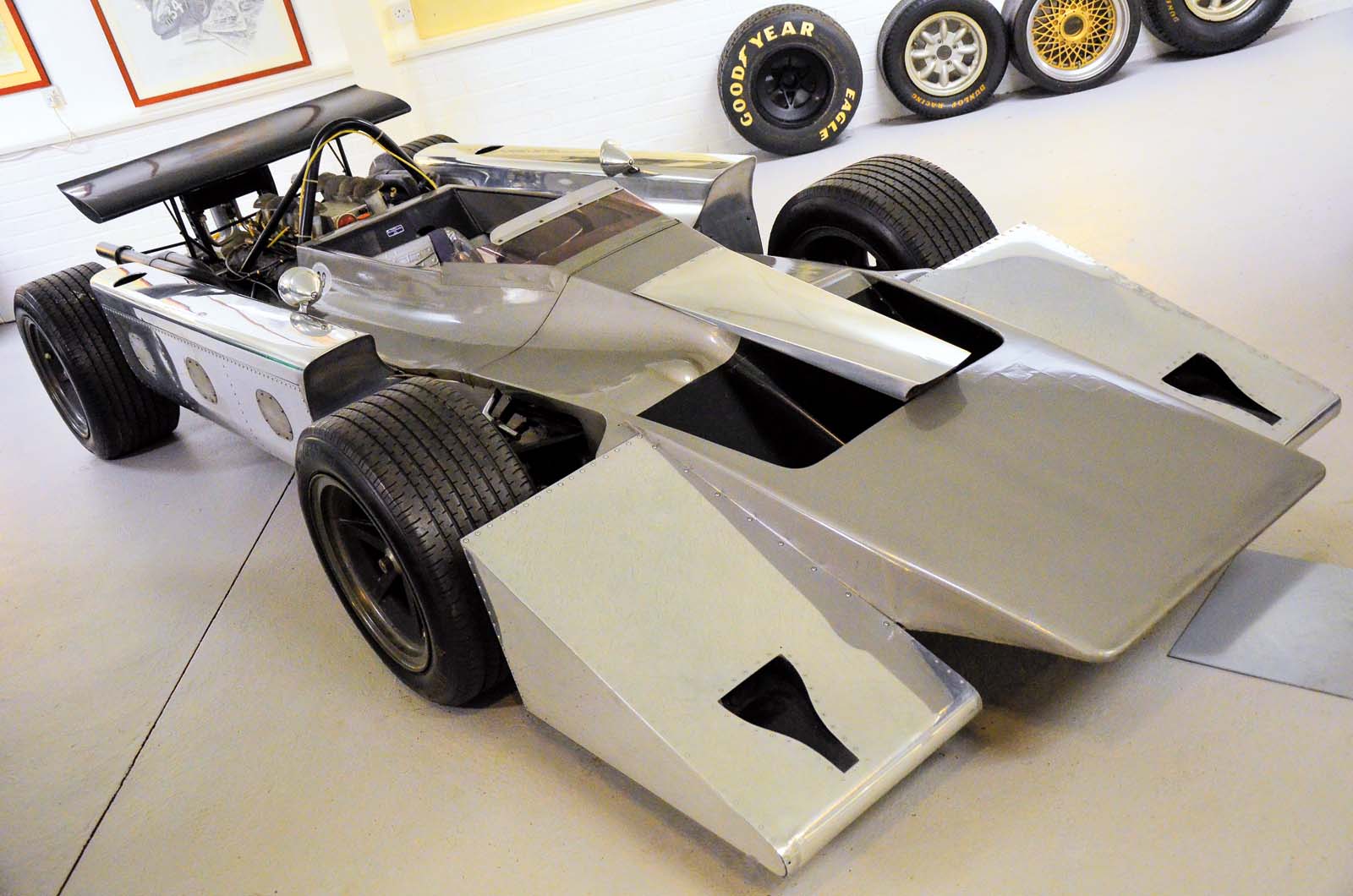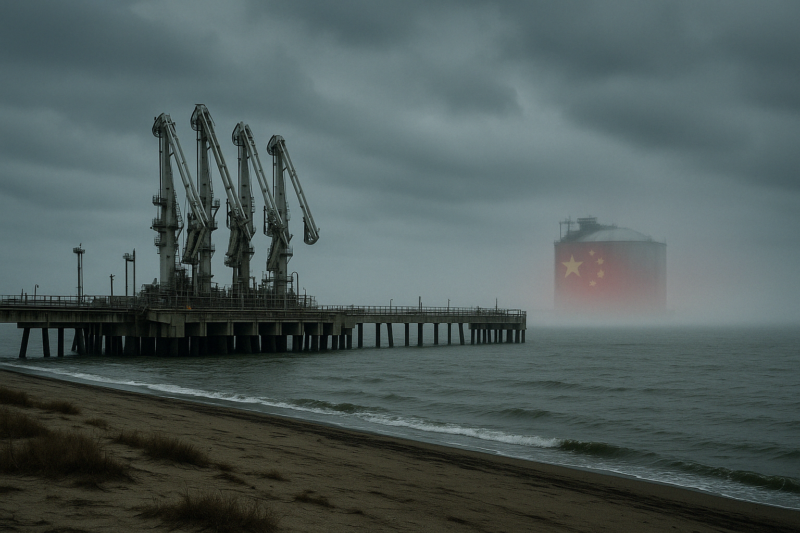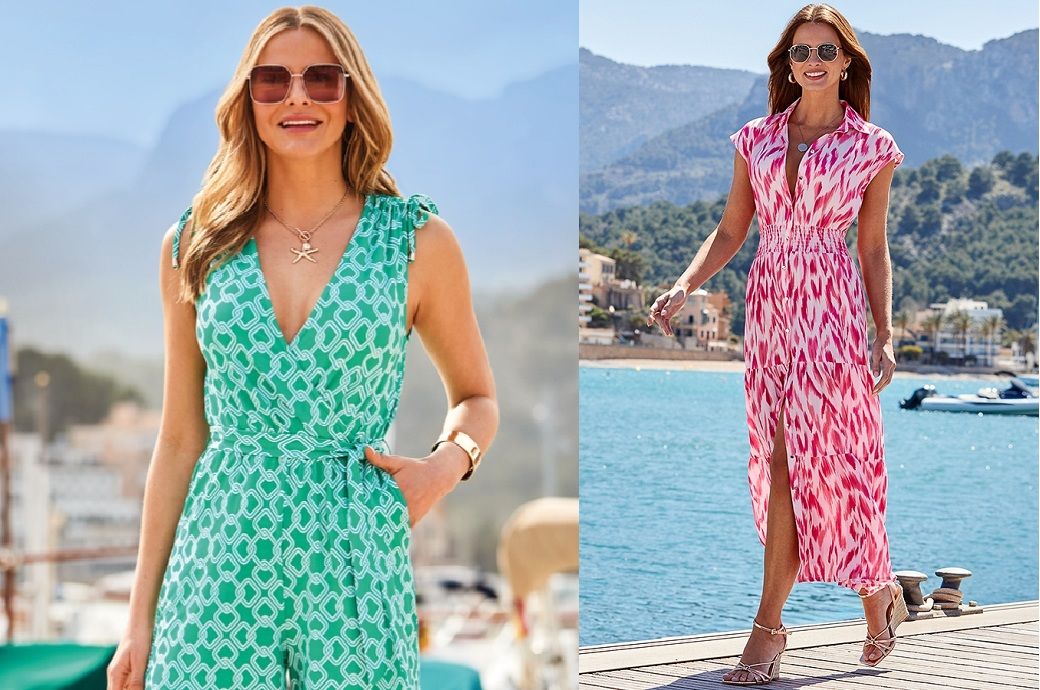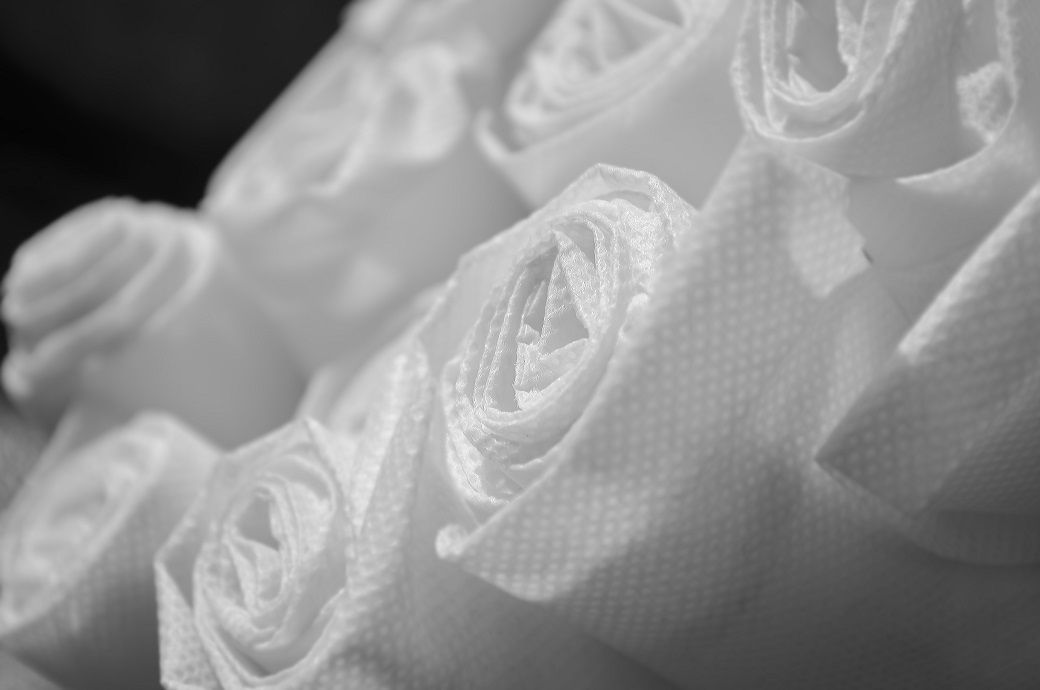With claims that they are lighter, faster to chill and less carbon-intensive to make than glass, aluminium bottles are the flavour of the moment. Sarah Neish investigates.
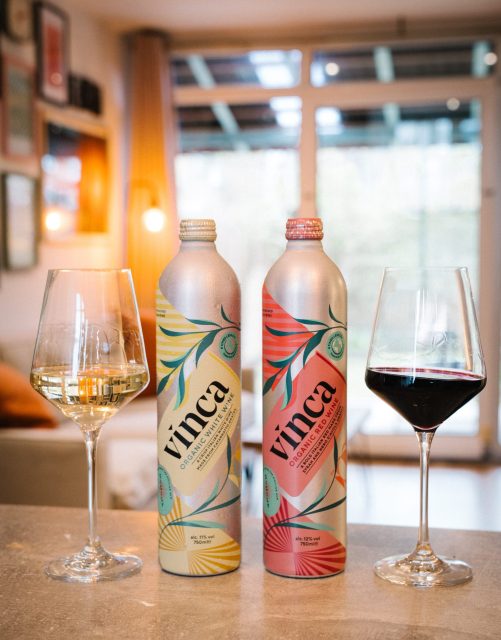
First came glass, then cans, followed by paper, and now aluminium. No, we're not talking about wedding anniversary gifts, but about the evolution of wine packaging.
In 2023, hit Netflix show
Bodies predicted that in 30 years time glass wine bottles would be extinct, usurped by paper designs. The series' imagining of what life would look like in the year 2058 showed characters drinking a Château Montcasse Cabernet Sauvignon 2050, and a Château Serephinelle Merlot 2039 Reserve, both housed in
paper bottles designed by Frugalpac.
Momentum has certainly picked up speed in the 12 years since the first paper wine bottle, manufactured by Suffolk-based Greenbottle, hit retail shelves, with many in the trade won over by the merits of paper. Italy's Cantina Goccia even opened a dedicated filling service in January 2023 to help other wine producers make the switch from glass to paper. Based in Umbria, the purpose-built machine fills 1,000 bottles per hour and the company has said it plans to double its capacity due to increased demand.
However, judging by the latest flurry of releases, another material may be about to knock paper off its perch.
First out of the traps
In the last week alone two major brands have officially unveiled wines in aluminium bottles, with more expected to come.
First out of the traps was canned wine brand Vinca with two organic expressions released in brightly printed aluminium, available from 31 March 2025. The 75cl wine bottles for its organic white (made from Sicilian-grown Catarratto grapes) and Syrah/Nero D'Avola blend took a year to develop and are topped with twist-off caps. The visually arresting bottle designs look to be aimed at a younger consumer, with summer in mind, and have undeniable shelf stand-out. Vinca was selling a set of both bottles for £20 but according to its website these have
already sold out.
Then hot on Vinca's heels came supermarket Aldi, which announced yesterday that its own-label The Costellore Pinot Grigio (£5.99) will be housed in an aluminium bottle from 14 April. It's an impressive achievement for a low-cost retailer, albeit one that has consistently excelled when it comes to the breadth and interest of its wine offering.
Infinitely recyclable
Both Vinca and Aldi have espoused the many positives of using aluminium. For starters, Vinca says, the material is "infinitely recyclable" without impacting the quality of the aluminium. Every gram of its bottle, so the brand says, is made from recycled aluminium.
What's more, both companies claim aluminium bottles are significantly less carbon-intensive to make than glass bottles. According to a press release issued by Vinca, its aluminium bottles produce "four times less CO2 than traditional glass bottles."
"Because they weigh just 68kg, they cut carbon emissions at every step," Vinca said.
Additionally, Aldi has declared that its aluminium bottle is stronger than its glass counterparts, despite being "75% lighter than a standard glass bottle" at just 95g. "This weight reduction," said a spokesperson for Aldi, translates to "a transport saving of more than five tonnes (the equivalent of a small elephant) per truckload."
"Our buying teams are constantly exploring ways to offer greater value and greener choices for our customers," said Julie Ashfield, chief commercial officer at Aldi UK. "We are looking for ways to make a difference, and we're proud to be leading the way with innovations like this aluminium wine bottle."
Chilled freshness
One consumer concern might be how effective an aluminium bottle is at keeping the wine inside fresh, but Vinca's bottles feature a special lining which it says does the job well. The B-Corp-certified company further claims that its aluminium bottles are "five times faster to chill than glass."
The argument goes that aluminium cools faster than glass because it has a higher thermal conductivity, meaning it conducts heat away from the container and its contents more quickly. When an aluminium bottle is placed in a cold environment (like a fridge), the heat from the liquid inside is quickly drawn away by the aluminium, causing the liquid to cool faster. Glass, with its lower thermal conductivity, conducts heat more slowly, which means that the liquid inside a glass bottle takes longer to cool down. Various studies have found this to be true, however the flip side to aluminium's faster cooling properties is that it will also heat up faster than glass when outside in the sun, for example, or by a warm fireside, which is something worth bearing in mind.
Cost implication
In order to achieve its final product, Aldi partnered with UK-based Broadland Drinks, which adapted and filled the bottles.
Speaking exclusively to
db, Mark Lansley, CEO of Broadland Drinks, says: "We bought the aluminium bottles and adapted one of our existing bottling lines to fill them. It wasn't easy, but fortunately we have a very skilled engineering team."
Lansley says "there's a lot of interest" from wine brands in aluminium bottles, but underlines that at present they are still more expensive than glass.
"Glass bottles are currently the lowest price with the highest demand," he explains. "Paper and aluminium bottles are currently more expensive to make and fill, but they do have a lower carbon footprint than glass. As demand and volume rise for paper and aluminium bottles, and as sustainability inevitably becomes more important over the long term, we anticipate cost price differentials to narrow."
Broadland doesn't have any current plans "to receive the aluminium bottles back into our winery and refill them" but Lansley isn't ruling out the possibility for the future. However, consumers can refill and repurpose the bottles themselves.
Mark Satchwell, managing director of Greencroft Bottling in the UK agrees with Lansley, telling
db that “aluminium bottles are typically more expensive than glass or cans, and while fully printed formats can look striking, they often require high minimum-order volumes that don’t suit smaller runs."
No UK-based manufacturing
Availability, too, will prove absolutely key. "As far as we're aware, there is currently no UK-based manufacturing [for aluminium wine bottles], with supply largely coming from Spain and China," Satchwell adds.
There's also the unfolding situation in the US to contend with. In 2018, the US imposed tariffs on imports of steel (25%) and aluminium (10%) into the US, which President Trump doubled down on in his recent tariff announcement made earlier this month. The EU has announced its intention to impose retaliatory tariffs in response to America's latest expansion of steel and aluminium tariffs but the the 10% tax may well put off brands considering launching wines in aluminium bottles, especially if the US is a key market for that brand.
However, there's another string to aluminium's bow that might help to bring brands on board. According to Broadland's Mark Lansley, you can fit more aluminium bottles into a crate or palette than you can glass bottles. "And they're very lightweight," he adds, meaning there are potential savings to be had on shipping costs. Whether those savings are enough to offset the 10% US tax will likely depend on volumes.
"Taken together, cost, print limitations and supply chain complexity remain significant barriers to wider adoption in the UK drinks industry at this time," says Satchwell. However, the bottler is ready to respond swiftly should that change. Greencroft has "room to expand and, as customer demand and innovation evolve, we’re ready to introduce filling lines for emerging sustainable packaging formats,” he adds.
Link back to Planeta story on home made glass.

 First came glass, then cans, followed by paper, and now aluminium. No, we're not talking about wedding anniversary gifts, but about the evolution of wine packaging.
In 2023, hit Netflix show Bodies predicted that in 30 years time glass wine bottles would be extinct, usurped by paper designs. The series' imagining of what life would look like in the year 2058 showed characters drinking a Château Montcasse Cabernet Sauvignon 2050, and a Château Serephinelle Merlot 2039 Reserve, both housed in paper bottles designed by Frugalpac.
Momentum has certainly picked up speed in the 12 years since the first paper wine bottle, manufactured by Suffolk-based Greenbottle, hit retail shelves, with many in the trade won over by the merits of paper. Italy's Cantina Goccia even opened a dedicated filling service in January 2023 to help other wine producers make the switch from glass to paper. Based in Umbria, the purpose-built machine fills 1,000 bottles per hour and the company has said it plans to double its capacity due to increased demand.
However, judging by the latest flurry of releases, another material may be about to knock paper off its perch.
First came glass, then cans, followed by paper, and now aluminium. No, we're not talking about wedding anniversary gifts, but about the evolution of wine packaging.
In 2023, hit Netflix show Bodies predicted that in 30 years time glass wine bottles would be extinct, usurped by paper designs. The series' imagining of what life would look like in the year 2058 showed characters drinking a Château Montcasse Cabernet Sauvignon 2050, and a Château Serephinelle Merlot 2039 Reserve, both housed in paper bottles designed by Frugalpac.
Momentum has certainly picked up speed in the 12 years since the first paper wine bottle, manufactured by Suffolk-based Greenbottle, hit retail shelves, with many in the trade won over by the merits of paper. Italy's Cantina Goccia even opened a dedicated filling service in January 2023 to help other wine producers make the switch from glass to paper. Based in Umbria, the purpose-built machine fills 1,000 bottles per hour and the company has said it plans to double its capacity due to increased demand.
However, judging by the latest flurry of releases, another material may be about to knock paper off its perch.

















